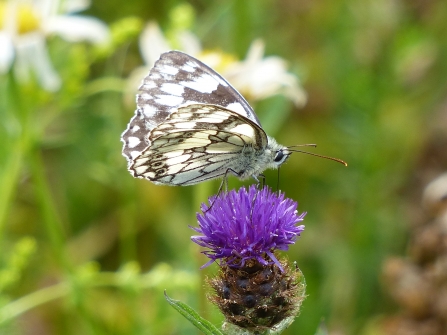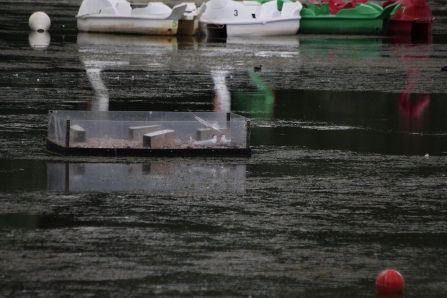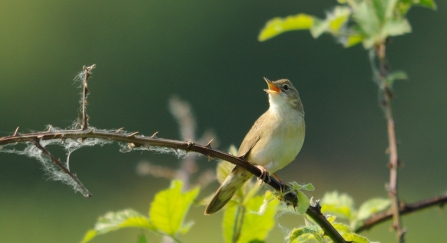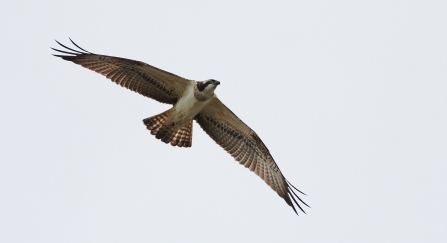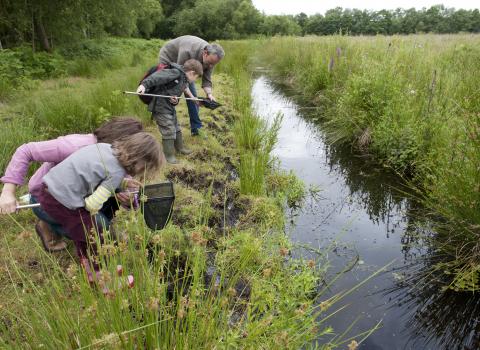During the summer months our monitoring teams are out and about recording wildlife. You may have seen them on BBC Countryfile recently surveying slow worms at Totternhoe nature reserve. This survey is part of a 10 year study keeping track of 900 slow worms that were trans-located to the reserve after a bus route was built over their habitat. On the same programme we were also helping the University of Cambridge study the impact of climate change on butterfly species, particularly the rare Duke of Burgundy. Totternhoe nature reserve is home to over half of the UK's butterfly species and the research being done is informing our reserve management. Watch us on iplayer.
Now is a great time to spot butterflies but the weather has been warming up and with the heatwave comes wildlife impacts. After a few weeks of high numbers of butterflies, the foodplants of their caterpillars are now drying out, and unless we get enough rain nectar sources may also be drying up. On the other hand, it’s a good season for migrant butterflies in the UK, with painted lady butterflies passing through, a scatter of diamondback moths, and migrant dragonflies such as lesser emperor and red-veined darter on the east coast and further south.
At our Cambourne HQ we've seen lot's of marbled white butterflies in the nearby meadow. The striking black-and-white checks of the marbled white are unmistakable. Watch out for it alighting on flowers, such as lady's bedstraw and field scabious, on chalk and limestone grasslands and along woodland rides.


